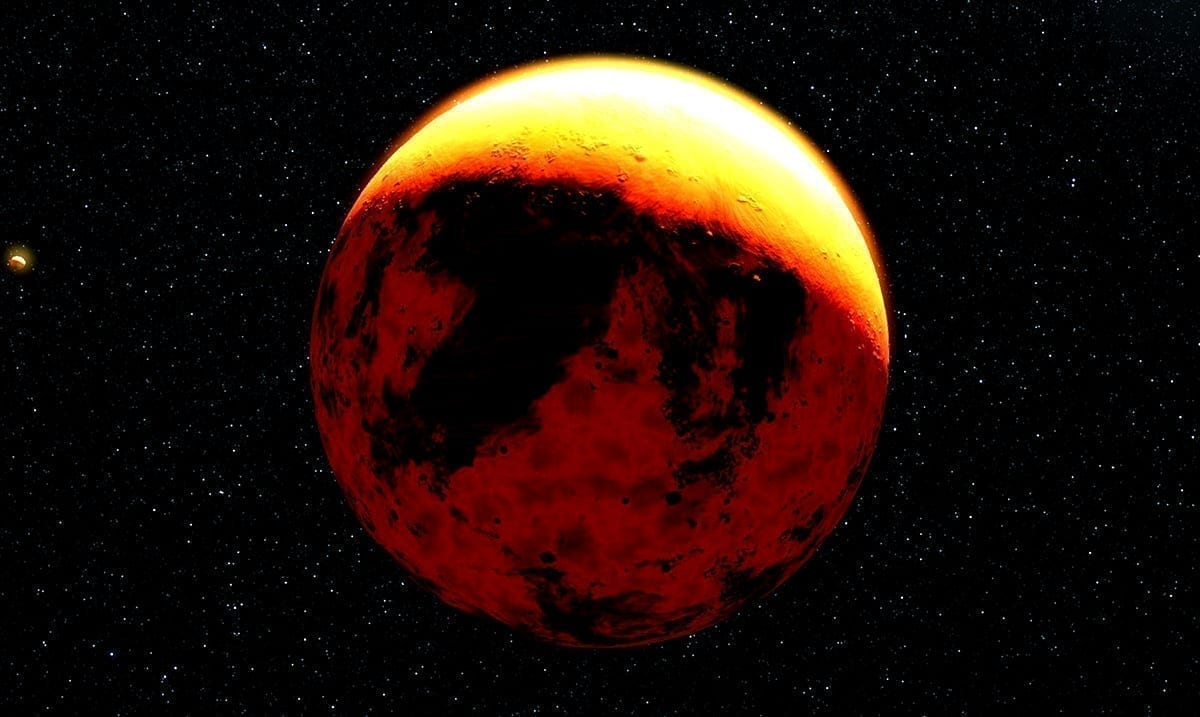For a while now Venus has been getting slimmer and dimmer but because of how it is moving right now and where it is headed, it will likely not be very visible as the days continue to pass. Sure, we’ve gotten used to seeing it in our night sky it won’t be visible forever.
According to Space.com, Mercury and Venus will be close to one another on the night of the 21st (May) and almost appear to pass one another before Mercury really takes the spotlight away from Venus for a bit. As Venus moves downward and Mercury upward the Mercury will become much more prominent in the night sky. That being said, Mercury will not be anywhere near as bright as Venus has been.
Space.com wrote as follows on this topic:
Ironically, as Venus bids a fond adieu to evening viewers at month’s end, Mercury will be at its best, still shining bright at zero magnitude and setting nearly two hours after sundown, minutes from the end of evening twilight.
There is a highly noticeable rhythm in the motion of Venus: after eight years it returns to the same place in the sky on the same date. This was known and of great interest to ancient peoples such as the Mayans.
This happens because Venus goes around the sun an integral number of times — 13 — in eight years. The sidereal year of Venus — the amount of time it takes to complete one orbit around the sun — is 225 days (more precisely 224.7) and there are almost exactly 13 of these Venus-years in eight Earth years. The planet’s synodic period, or the time it takes Venus to return to the same position in Earth’s sky, is 584 days, and there are five of these in eight years. So, the behavior of Venus in 2012 repeats in 2020, 2013 repeats in 2021, and so on.
But actually I should insert a slight revision here. After eight years it returns almost to the same place in the sky on the same date. In actuality, it arrives almost to the same place two or three days shy of eight years. And when I say “almost to the same place,” I’m talking about a relatively small difference measuring a little more than a few tenths of a degree.
But such slight discrepancies are significant enough to deny us a view of an exceedingly rare celestial sight that occurred both in 2004 (on June 8) and 2012 (on June 5): A transit of Venus. Indeed, durings its last two eight-year cycles, Venus actually crossed in front of the sun and appeared in silhouette as a black dot about 3% the diameter of the sun’s disk.
Such transits occur in pairs, each separated by eight years. But after the second transit, there comes a wait of over a century before the next takes place. The next time Venus crosses the sun will be on Dec. 11, 2117, though that will not be visible anywhere in the Western Hemisphere. But on Dec. 8, 2125, North America will be in an excellent position to watch as Venus again crosses the sun.
As for what happens this year, on June 3, at 1:36 p.m. EDT (1536 GMT), Venus will pass just 13.25 arc minutes or 0.22 degrees north of the sun’s uppermost edge. Close … but no cigar (or transit).
As Venus pulls away from us we will be noticing more and more celestial bodies and events taking place even without its presence. It should also be noted that the time these two planets spend together on the 21st is a rare treat. While it does happen on occasion, we do not often have planets passing one another in the night sky. You see, normally this happens in the morning when we are unable to see it.
While we do still have until early June to spot Venus, Mercury is going to be pretty clear as well. Will you be viewing either or are you willing to miss out on this kind of spectacle? I for one have quite enjoyed having Venus present in the night sky.

